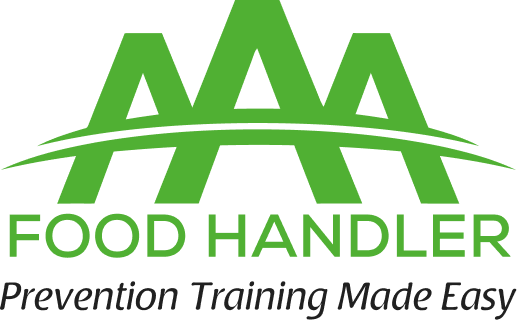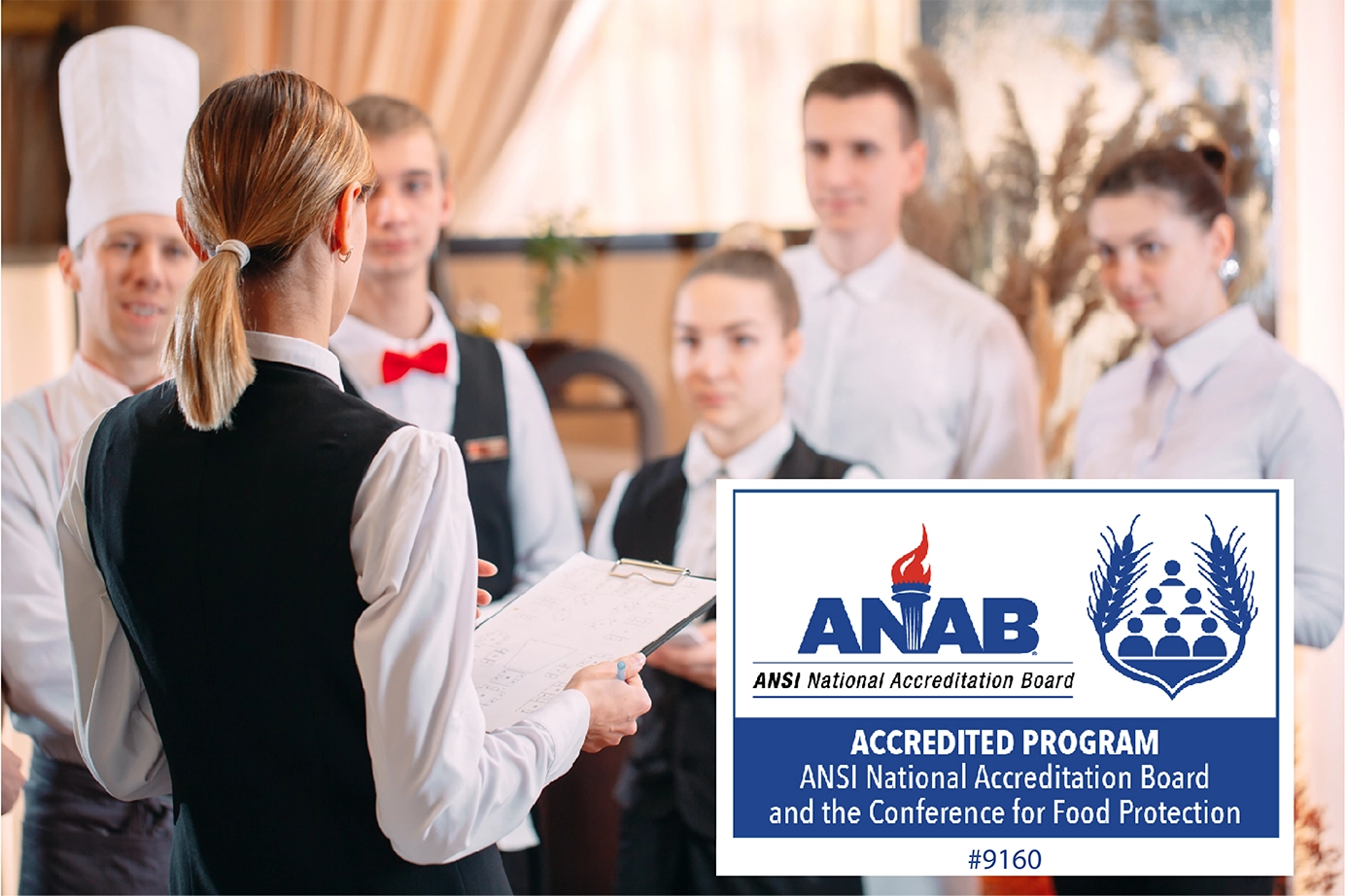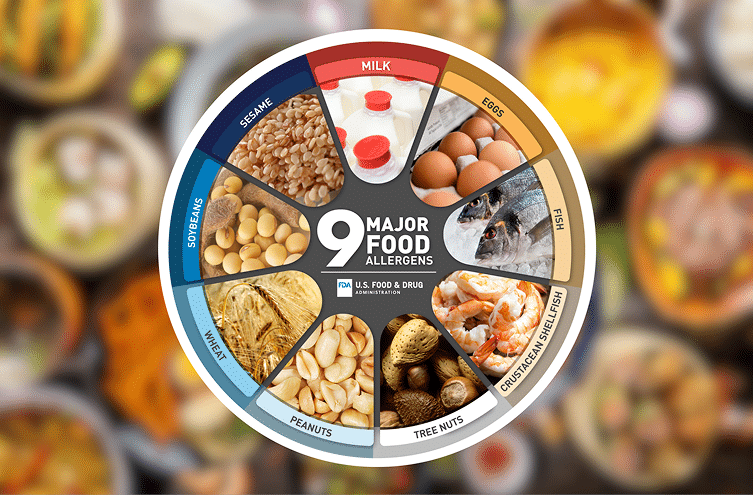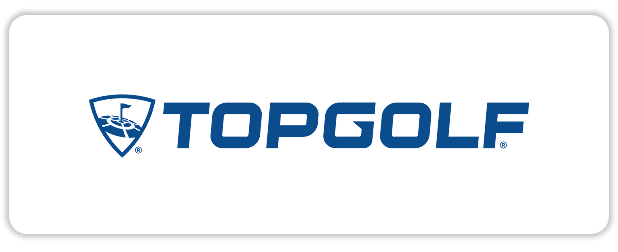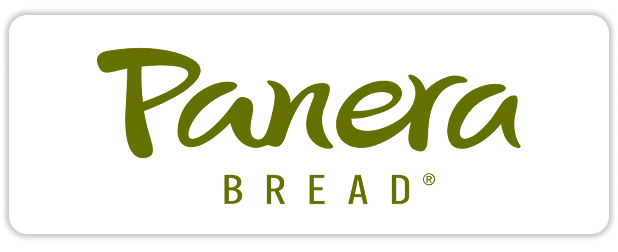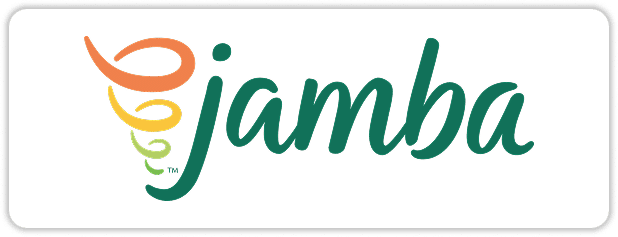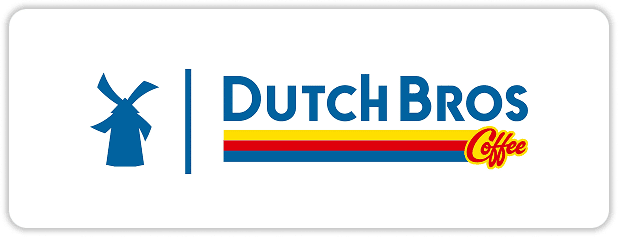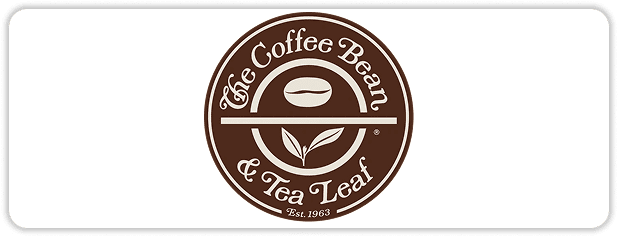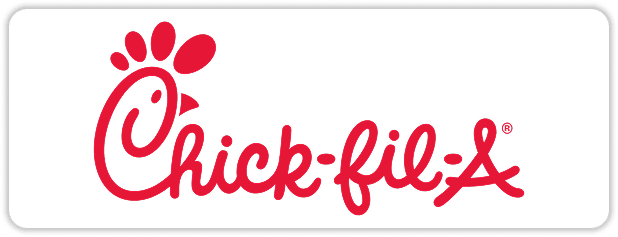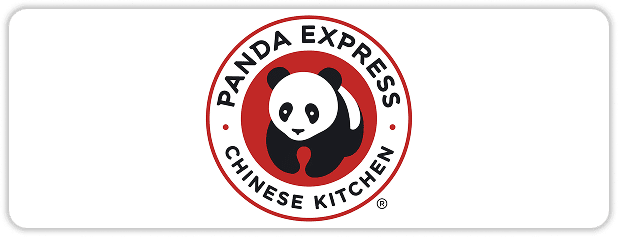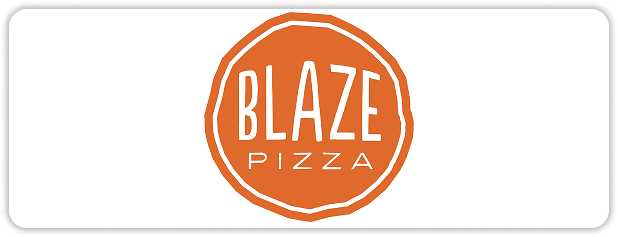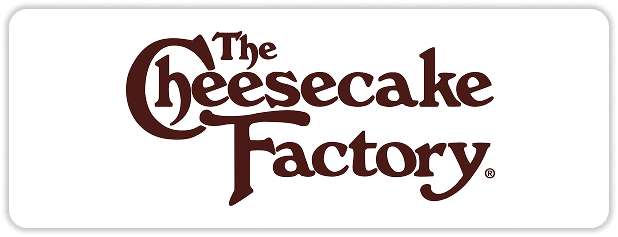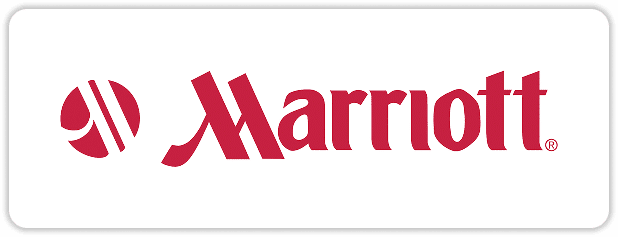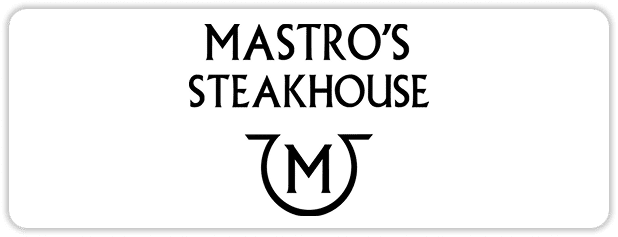
Which is a Sign of Pests in an Operation: Food Handler’s Guide
Pests such as flies, rodents, and cockroaches are more than just a nuisance — they’re a major threat to food safety. These creatures carry harmful bacteria and pathogens that can cause foodborne illness and damage your business’s reputation.
As a food handler, understanding how to prevent, identify, and respond to pest activity is essential to maintaining a safe and sanitary environment. This article explains everything you need to know about pest control in food safety — including which is a sign of pests in an operation, how to keep them out, and what to do if you suspect an infestation.
What are the Most Common Pests in Foodservice?
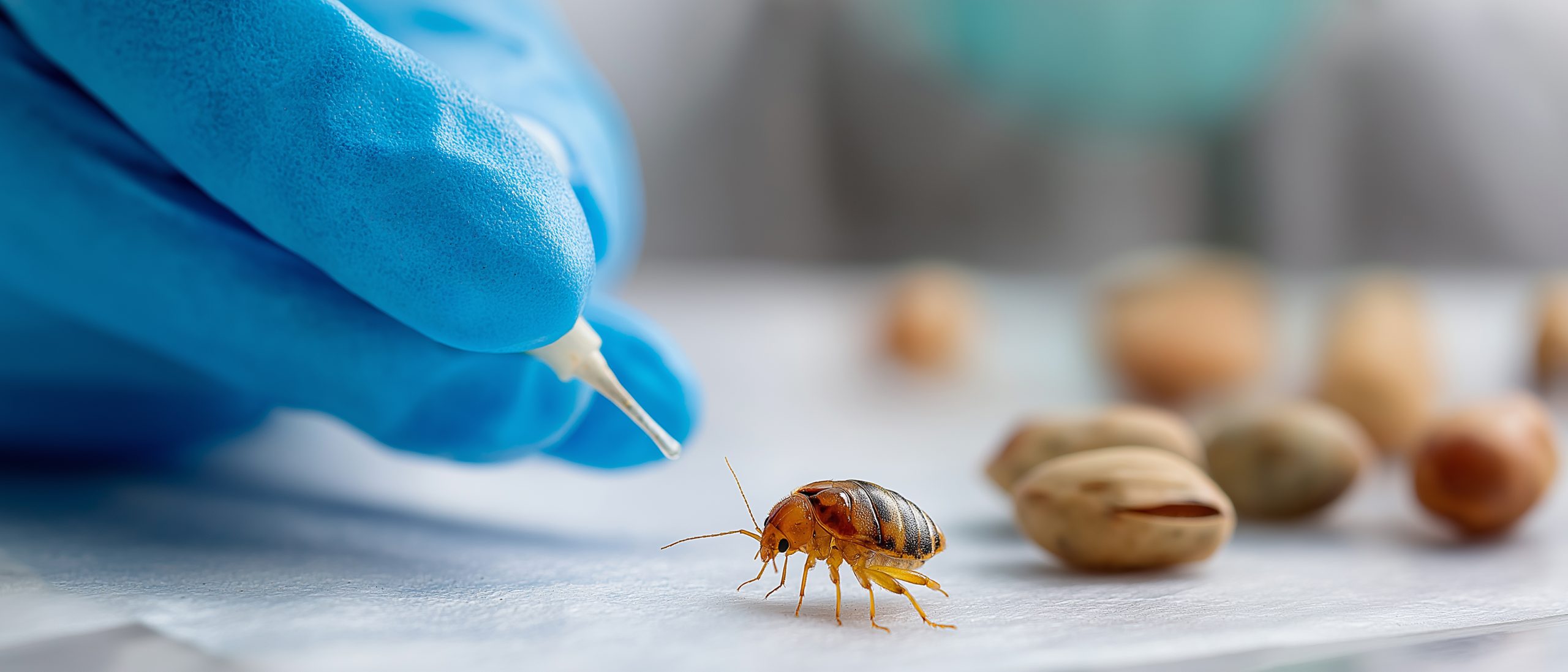
A pest is any animal or insect that spreads disease, contaminates food, or disrupts normal food operations. In foodservice settings, pests are considered a food hazard because they can easily transfer bacteria and other harmful microorganisms to food and food-contact surfaces.
The most common pests found in foodservice include:
- Flies
- Cockroaches
- Rodents (mice and rats)
- Birds
Flies, for instance, are known carriers of over 130 pathogens. They often feed and breed on garbage and feces, picking up bacteria such as Salmonella, E. coli, and Shigella. When they land on food or food-contact surfaces, they transfer these pathogens from their legs, wings, and mouths.
Cockroaches and rodents are equally dangerous. Cockroaches can spread bacteria and allergens through their feces and saliva, while rodents can gnaw through packaging, leaving droppings and urine that contaminate food and surfaces. Even birds can spread disease through droppings and feathers, especially in outdoor dining areas.
Summary:
Flies, cockroaches, rodents, and birds are the four pests most frequently found in foodservice. They can all spread harmful pathogens that cause foodborne illness.
How to Prevent Pests in Foodservice

Prevention is always easier than elimination. The key to pest control in food safety is to deny pests the essentials of life — food, water, and shelter.
Here’s how:
- Keep all areas clean.
Cleanliness discourages pests. Wipe spills immediately, clean drains regularly, and ensure that garbage is emptied frequently. - Proper waste management.
Keep trash bins covered at all times. Clean them regularly, and make sure dumpsters are located away from building entrances. - Seal entry points.
Pests can enter through even the smallest cracks. Seal gaps in walls, doors, and windows. Install door sweeps and weather stripping. - Inspect deliveries.
Pests can hitch a ride inside shipments. Always inspect boxes and containers for droppings, gnaw marks, or insects before accepting deliveries. - Maintain outdoor areas.
Keep the exterior of your building clean. Remove food waste, dirty dishes, and standing water immediately to prevent attracting pests. - Use pest control systems.
Air curtains, automatic doors, and regular inspections by licensed pest control professionals can help maintain a pest-free operation.
Summary:
The best way to prevent pests is by keeping your operation clean, properly storing food and waste, and sealing all possible entry points.
Which is a Sign of Pests in an Operation?

Even the cleanest establishments can experience pest issues. Knowing How to Identify Signs of Pests in an Operation helps you act fast before the problem grows.
Signs of a Cockroach Infestation:
- Droppings resembling black pepper or coffee grounds
- A strong, oily or musty odor
- Brown, shiny egg cases (called oothecae) in corners or behind equipment
- Sightings of cockroaches during the day (a major red flag indicating a large infestation)
Signs of a Rodent Infestation:
- Gnaw marks on food packaging, walls, or wires
- Droppings or urine stains
- Nests made of shredded materials near food or water sources
- Grease marks or dirt tracks along walls and baseboards
- Scratching noises, especially at night
Signs of a Fly Infestation:
- Clusters of small, dark spots (fly specks) on walls, ceilings, or light fixtures
- Live flies around garbage areas or drains
- Maggots (fly larvae) in decaying organic material
Signs of Bird Activity:
- Droppings on outdoor furniture, ledges, or equipment
- Feathers or nesting materials near vents or rooflines
If you notice any of these signs, alert your manager immediately. Food handlers should never apply pesticides themselves, as improper use can contaminate food and violate safety regulations.
Summary:
Recognizing droppings, odors, gnaw marks, nests, or unusual pest activity are all signs that pests may be present in an operation.
Safe Pest Control Practices
When dealing with pests, food safety must come first. Here are a few key guidelines:
- Report any signs of pests to management right away.
- Never use pesticides or chemicals in food prep or storage areas.
- Keep all pest control products stored separately from food and utensils, in their original containers.
- Allow only licensed pest control professionals to apply treatments.
The Bottom Line
Pests are a serious food safety risk. Flies, cockroaches, rodents, and birds can all spread harmful bacteria and diseases that threaten your customers and your operation.
Preventing pests begins with cleanliness and good sanitation practices — denying them food, water, and shelter. Still, it’s equally important for food handlers to know How to Identify Signs of Pests in an Operation so they can report it immediately.
By staying alert, following proper hygiene practices, and working closely with pest control professionals, food handlers can help maintain a safe, pest-free food environment.
